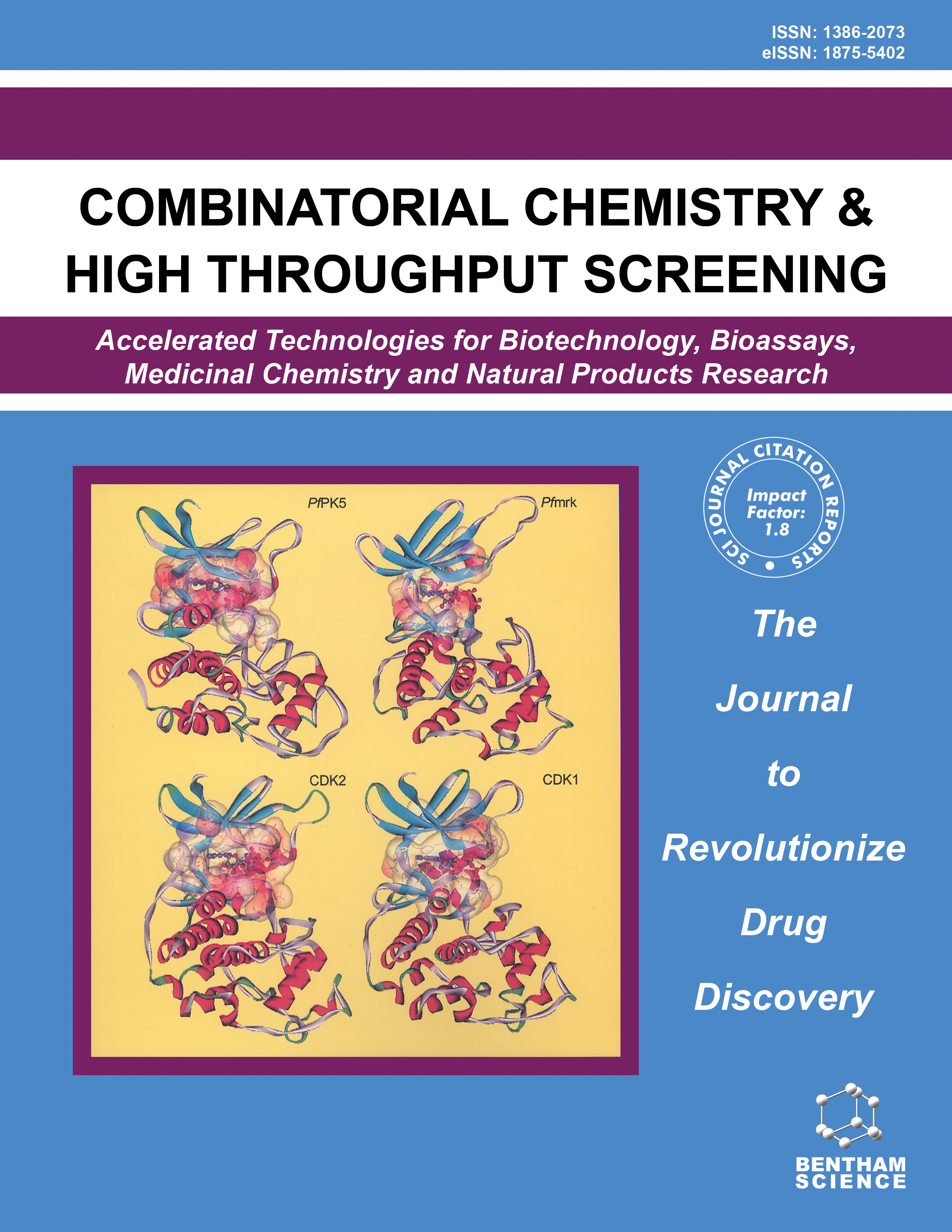-
oa Editorial [Hot topic: Preclinical Profiling in Drug Discovery (Guest Editor: Larry C. Wienkers)]
- Source: Combinatorial Chemistry & High Throughput Screening, Volume 13, Issue 2, Feb 2010, p. 88 - 89
-
- 01 Feb 2010
- Previous Article
- Table of Contents
- Next Article
Abstract
The nomination of a lead discovery molecule to a viable drug candidate is a key step in the drug discovery/development continuum. Transition through this critical milestone requires the knowledge of the pharmacological action as well as insights into the absorption, distribution, metabolism, excretion and toxicity (ADMET) profile of the compound. The current motivation to balance the pharmacological attributes of a drug candidate with ADMET characteristics is reflective of multiple surveys conducted over the years which examined the root sources for candidate failure. Interestingly independent of the era examined, the bottom-line for the pharmaceutical industry is that about half of the root causes for failure of NCEs during drug development were attributed to poor pharmacokinetics, ADME or safety-related properties associated with the molecule. In response to this condition, ADMET screening for the past decade has evolved to become a fixture in most large and small pharmaceutical company drug discovery strategies. Over this time, pharmaceutical discovery candidate profiling has evolved, not only in developing the technical foundation of predictive ADMET diagnostic tools, but also towards integrating these tools into drug discovery decision making. However despite, the recognition of the need for ADMET screening in drug discovery, the full value proposition of this investment has yet to be realized. In many cases, the element which may be confounding the full potential of these ADMET screens from impacting drug candidate success is not associated with the throughput of a particular assay, or even the robustness of the data generated, but rather how well the discovery team aggregates all the various incoming streams of information into one cohesive information package which is suitable to drive decision making around candidate selection. A working hypothesis in this area reflects the notion that a comprehensive exploitation of PK/ADMET discovery data, instead of iteratively focusing on a single parameter, can enhance the success rate of drug discovery candidates. A caveat to this idea is that the knowledge of the assay cannot be privately held by a single stake holder; restated, in order to achieve success, drug discovery teams will need to understand and appreciate the various PK/ADMET concepts and limitations to make full and adequate uses of these studies to prioritize the candidates. To this end, this issue of Combinatorial Chemistry & High Throughput Screening has sought to assemble a collection of reviews on the application of PK/ADMET screens in drug discovery. The structure of this issue is organized in a manner which reflects the flow of activities that underwrite the introduction of a small molecule into systemic circulation and the associated areas of concern for a drug discovery candidate beyond its pharmacological activity (Scheme 1).


